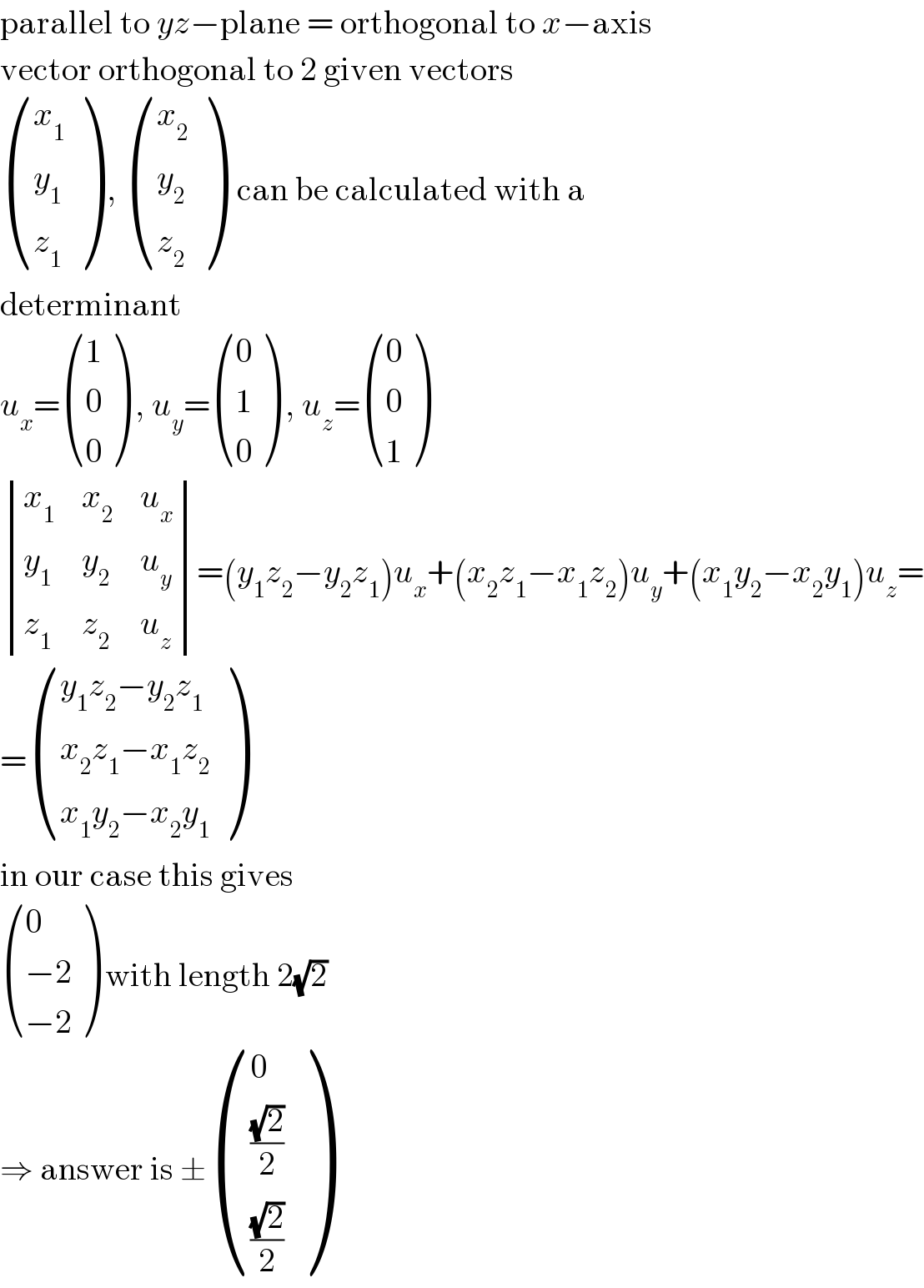
Question and Answers Forum
Question Number 81295 by jagoll last updated on 11/Feb/20

Commented by john santu last updated on 11/Feb/20

Commented by jagoll last updated on 11/Feb/20

Answered by MJS last updated on 11/Feb/20

| ||
Question and Answers Forum | ||
Question Number 81295 by jagoll last updated on 11/Feb/20 | ||
 | ||
Commented by john santu last updated on 11/Feb/20 | ||
 | ||
Commented by jagoll last updated on 11/Feb/20 | ||
 | ||
Answered by MJS last updated on 11/Feb/20 | ||
 | ||
| ||